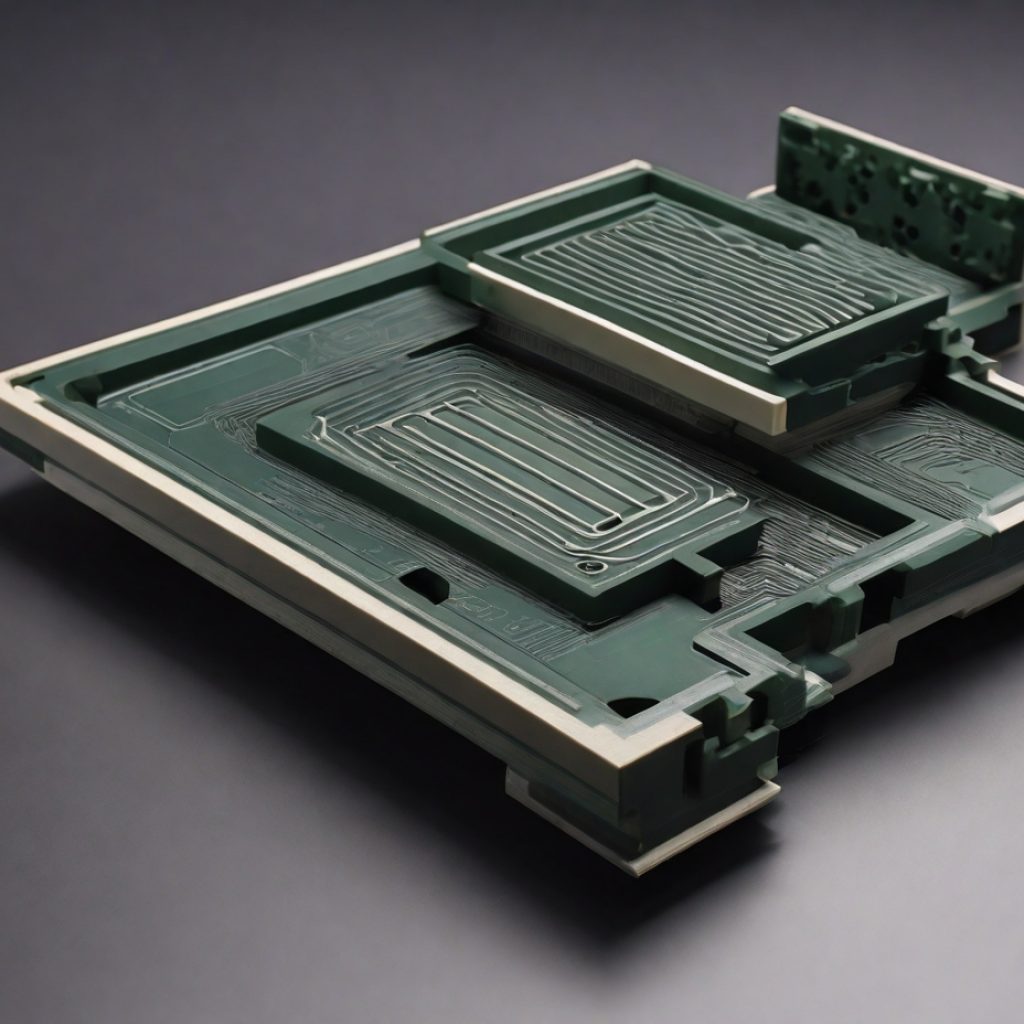In the ongoing battle against foodborne illnesses, recent advancements in artificial intelligence (AI) are paving the way for a new generation of electronic noses. These high-tech sensors, equipped with approximately 400 scent receptors each, can detect an astonishing one trillion distinct odors. This remarkable sensory expertise, previously challenging to replicate in scientific equipment, holds great promise for enhancing food safety measures.
AI-enhanced detection
These next-gen electronic noses, exemplified by Sensifi, a creation of an Israeli company of the same name, employ advanced AI algorithms to improve their speed and accuracy significantly. According to Prof. Raz Jelinek, co-developer of Sensifi and a chemistry professor at Ben Gurion University of the Negev in Israel, common foodborne bacteria like salmonella and E. Coli possess unique “electronic personalities” with distinct electrical signals.
Sensifi’s electronic noses employ electrodes coated with carbon nanoparticles to detect volatile organic compounds (VOCs) emitted by bacteria. Different strains of bacteria produce distinct VOC fingerprints, generating unique electrical signals in the Sensifi device. AI software then analyzes these signals, cross-referenced with an extensive database, and results are promptly communicated to the user.
Revolutionizing food safety
Sensifi, launched earlier this year, aspires to revolutionize food safety by offering an efficient and cost-effective solution. Traditional food producers often send samples to laboratories for testing, which can take days to yield results. In contrast, food manufacturers can utilize Sensifi’s electronic noses on-site and deliver results in less than an hour. The company aims to keep the machines affordable and generate revenue through subscription fees, potentially disrupting a testing methodology that has remained largely unchanged for decades.
Modi Peled, CEO of Sensifi, emphasizes the need for innovation in food safety testing, citing statistics that reveal the ongoing prevalence of food poisoning worldwide. In the United States, 48 million individuals, or one in six people, fall ill annually due to foodborne illnesses, resulting in 3,000 deaths. The United Kingdom faces a similar challenge, with 2.4 million reported cases of food poisoning and approximately 180 deaths each year.
Peled also highlights the evolving nature of foodborne threats, citing romaine lettuce as a surprising example. He notes that as the food industry becomes increasingly industrialized, it becomes more susceptible to pathogens, underscoring the urgency of improving food safety measures.
Training AI with coffee
German firm NTT Data Business Solutions has adopted a unique approach to train the AI that powers its electronic nose by using coffee. Technicians conducted experiments by placing instant coffee powder near the AI’s sensors and requiring the AI to distinguish between good coffee, bad coffee (contaminated with vinegar), and no coffee.
According to Adrian Kostrz, NTT’s innovation manager, odors are complex combinations of gases, often with subtle variations. NTT’s electronic noses, fitted into 3D-printed plastic models of human noses, aim to detect contaminants and assess the freshness of food products. This technology could help supermarkets and cafes determine which items to prioritize when products lack clear best-before dates.
Kostrz underscores the significance of understanding the “reference value of an odor” to effectively adapt production, storage, and processes within the food industry.
Challenges and skepticism
While electronic noses equipped with AI showcase their potential, some experts express skepticism regarding their widespread adoption. Vincent Peters, founder and chief designer of Inheritance AI, questions the feasibility of deploying a global network of detectors throughout the food supply chain. He raises concerns about the impact on business models, supply chain management, and profitability.
Kjell Carlsson, an AI expert at Domino Data Lab, emphasizes the challenge of fine-tuning electronic noses for each facility they operate in, especially in an industry not known for embracing new technologies. Despite this skepticism, entrepreneurs remain undeterred in their pursuit of enhancing food safety.
Insect-inspired sensitivity
In New Zealand, a company named Scentian Bio has taken inspiration from insects’ antennae to develop “biosensors.” By replicating insect proteins and incorporating them into scent sensors, Scentian Bio claims its sensors are “thousands of times more sensitive than a dog’s nose.” Andrew Kralicek, founder, and chief technology officer of the company, highlights the versatile applications of this biotechnology, including food and flavor quality control, food pathogen detection, rapid disease diagnosis, sustainable farming, and environmental and wellness monitoring.
As advancements in AI and sensor technology continue, the landscape of food safety may transform. These innovative electronic noses hold the potential to not only identify contaminants but also revolutionize the way freshness is assessed in the food industry. While challenges and skepticism persist, entrepreneurs and scientists are determined to harness the power of technology to ensure safer and healthier food for consumers worldwide





